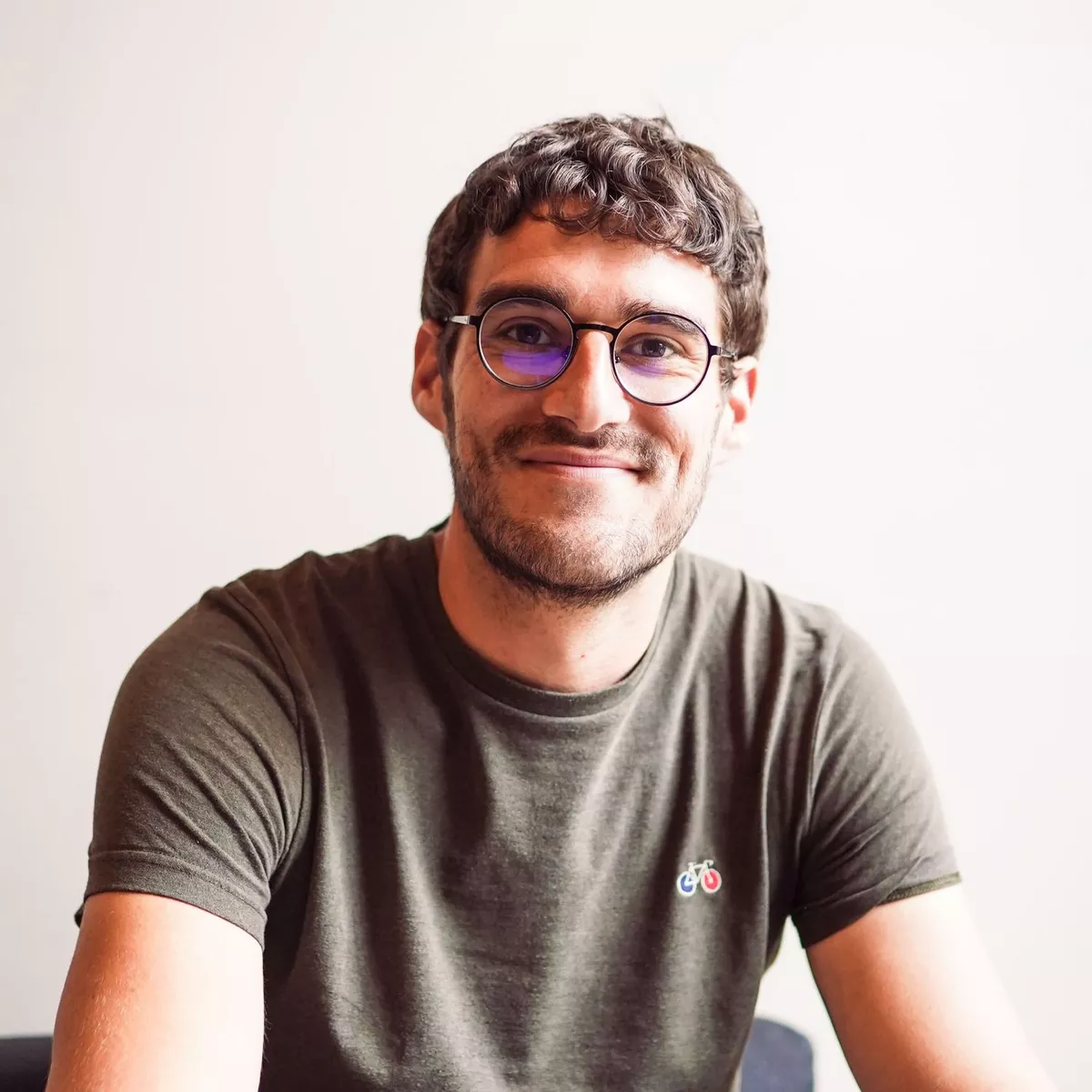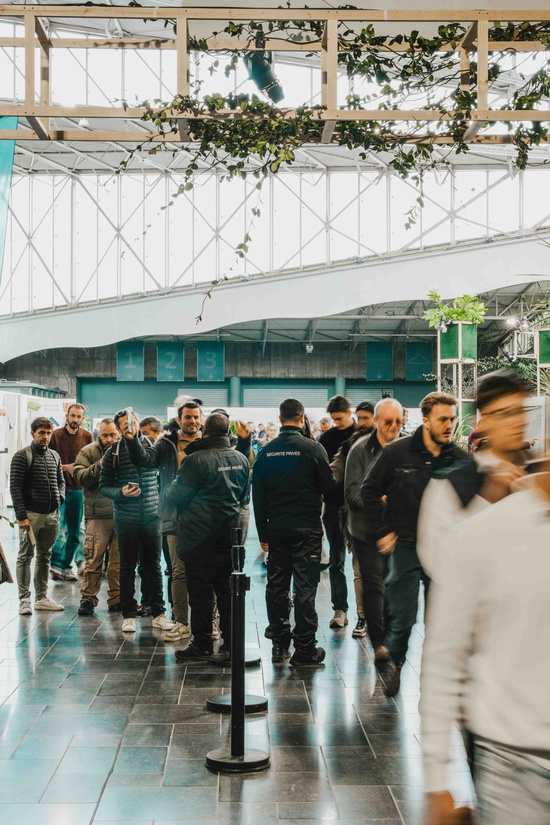Carré des Jardiniers 2023: “80% of the city of 2050 is already built”, by Vincent Grunewald
With his garden “Between two noises”, Vincent offers a vision that encompasses requalifying small spaces, recycling, and making rewilding urban green spaces acceptable.

Finding a haven from the noise in the heart of a bustling city is not easy, and that is precisely the gauntlet that landscape architect Vincent GRUNEWALD picked up. With his garden “Between two noises”, Vincent offers a vision that encompasses requalifying small spaces, reusing in situ plants and materials, and a lighthearted approach to teaching to make rewilding urban green spaces acceptable. With Carré des Jardiniers 2023 just a few weeks away, he tells us how he plans to answer the question “Biodiver'City: How shall we live in tomorrow’s towns? ”

Can you tell us a bit about your background as a landscape architect?
Vincent Grunewald: As luck would have it, I used to attend a nature club with friends when I was a kid. We would restore ponds, lay toad viaducts, go on nature weekends... The result is that I developed an interest in plants and became aware of the beauty of ecosystems.
Between my advanced vocational training in landscaping and the ITIAPE landscape engineering school, I traveled. I discovered the vastness - and hostility - of the Australian landscape. New Zealand brought home how diverse and vulnerable landscapes can be. I love the high mountains where there is a reversal in the balance of power with the environment. That is the effect of my approach: removing the barriers between the garden to be created and the surrounding landscape and preserving the plant life already in place as much as possible.
Vincent Grunewald's Chinese portrait
Each garden is a glimpse of the landscape architect’s personality.
- If I were a word, I would be... “positive”.
- If I were a sound, I would be... “silence”.
- If I were an emotion, I would be... "surprise".
- If I were a type of music, I would be... “rock ‘n’ roll”.
- If I were a dish, I would be... “beef stew with beer”
- If I were an hour of the day, I would be... “9 am”.
- If I were a superpower, I would ... “increase awareness”

How did you come up with the idea for your “Between two noises” garden?
Vincent Grunewald: I'm quite sensitive to noise, and last December I visited the famous Parc de la Tête d'Or in Lyon. Inside, all the noises of the city disappeared into the background. And when you come out, reality hits you head on! However, not everyone considers city noises as something negative. I prefer to subdue them by creating a sound bubble in the midst of the hustle and bustle, rather than eliminate them. At the Paysalia show, we’ll have the hubbub of the exhibition hall instead of the city noises. Regular visitors know what that's like!



What is your approach to biodiversity?
Vincent Grunewald: I'm not an urbanite at heart, but I find city dynamics very interesting, that resilience of plants that grow where you least expect them. I'm not trying to pit city and plant against each other, but to unite them, and my starting point is the following statistic: 80% of the city of 2050 is already built (Christine LECONTE and Sylvain GRISOT – Réparons la ville !). How can we green a city that is already there? How can we offer a local greening solution for small spaces that can be embedded here and there to provide respite? That is the basis of my ideas.
Often, both my private and public clients don’t think about the use, frequency of use and post-work maintenance of spaces. I suggest differentiated management to encourage biodiversity, even if it is more difficult to practice in small spaces - bramble quickly becomes invasive, high grass may not be suited for certain uses such as ball games... In our urban garden “Between two noises”, we wanted to educate the uninitiated to help them recognize the beauty in these self-managed urban green spaces. That is important for the urban landscape model transition.
Do you find it difficult to convince your customers to biodiversify their gardens?
How do you integrate current garden trends into your designs?
Vincent Grunewald: We identified two major issues: reuse and neglected landscapes. Reusing plants is difficult because the reused plant sector is currently underdeveloped. Unfortunately, plants are still the adjustment variable in urban as well as landscape projects. We uproot, burn and crush plants that are in the way, but rarely take them back to the nursery. Because of the organizational constraints of the competition, we ensured that reusing materials was the priority.
How would you like the professionals who visit your urban garden to feel?
Vincent Grunewald: I'd like to see people sit back, take the time to observe and be curious about the little details like when they were children. We will play with the five senses, try to minimize vision, and stimulate the other senses more.
Can you introduce us to the team behind the Carré des Jardiniers competition?
Vincent Grunewald: There are five of us working on this project, and we are backed by the entire CHEVAL Paysages team. I work as a freelancer and I contacted Kévin TERPANT (business manager at CHEVAL Paysages), a friend from training school, to share this project with me. He spoke to his management about it and things fell into place. I'm really lucky to have him by my side, he's a tremendous help! Then there's Marc BELLATON who participated in the competition on another team in 2019 and who brings all that knowledge. Alexy NOIRY, an advanced vocational training student, injects his energy and thirst for learning, which boosts the team.
We're also delighted to have Nina BERGER, proof that the profession is becoming more feminine, often with people who have had job retraining.
Would you like to stroll through Vincent GRUNEWALD's urban garden and discover the various ways he brings more biodiversity to the city? Visit us at Paysalia, 5 to 7 December 2023.






